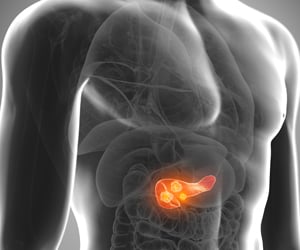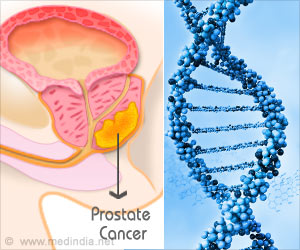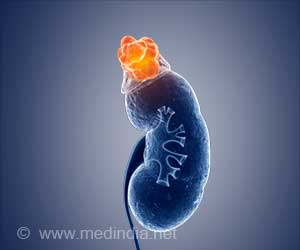Scientists aimed to quantify the risk of developing tMDS/AML, a rare but often fatal blood cancer, in patients treated with chemotherapy.
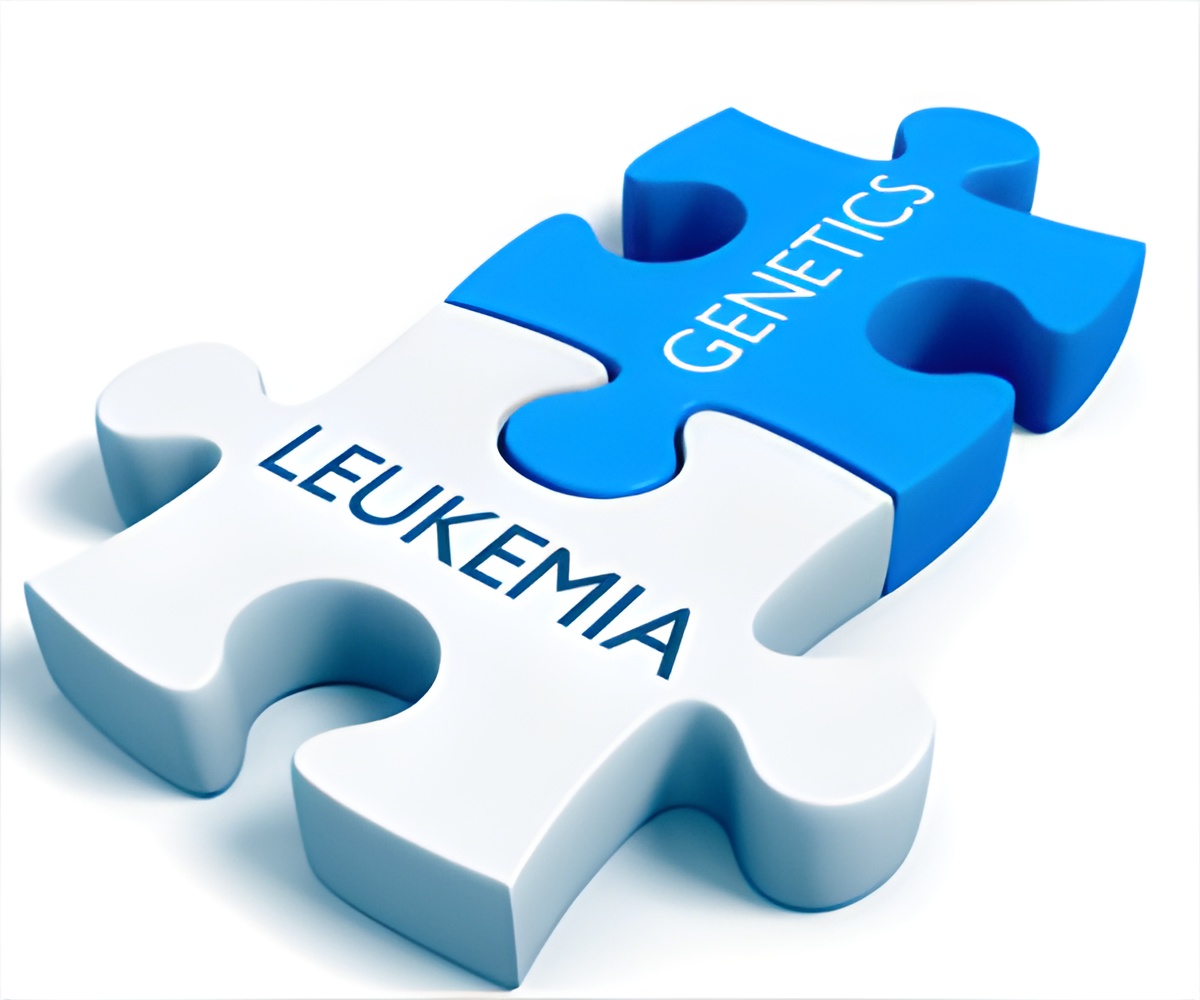
TOP INSIGHT
New study shows that continued efforts to minimize exposure to leukemia-causing chemotherapy agents and to develop effective and less toxic chemotherapeutic approaches are critical going forward.
Because tMDS/AML is rare, most data on the disease have come from case series, case-control studies, and clinical trials, which often include a relatively small number of tMDS/AML cases. In this study, investigators brought a population-based data approach to the research, with a much larger sample size and prospective data from long-term patient follow-up.
To this end, they analyzed SEER registry data on more than 700,000 patients age 20-84 in the United States with solid tumors who were diagnosed and treated with initial chemotherapy during 2000-2013 and survived at least one year after diagnosis. Of these patients, 1,619 developed tMDS/AML through 2014. When the researchers analyzed the risk of tMDS/AML by original cancer type, they found that risk was increased by 1.5-fold to more than 10-fold for 22 of the 23 solid cancer types investigated (all except colon cancer).
These findings expand the groups of survivors at risk of tMDS/AML following treatment with chemotherapy because, in the past, excess risks were established only after chemotherapy for cancers of the lung, ovary, breast, soft tissue, testis, and brain/central nervous system. In the present analysis, cumulative incidence of tMDS/AML was less than 1 percent at 10 years after chemotherapy for most solid cancer types. However, prognosis following tMDS/AML diagnosis was very poor.
Because information on the specific chemotherapy agents was not available in the SEER registry data, the researchers used the SEER-Medicare linked database to examine the patterns of use of specific chemotherapy agents during the same time period. Among 165,000 patients in the SEER-Medicare database who received initial chemotherapy for a first primary solid cancer during the study period, 2000-2013, there was a substantial rise in use of platinum-based chemotherapy agents, from 57 percent of patients in 2000-2001, to 81 percent of patients in 2012-2013. Platinum-based chemotherapy agents are known to increase risk of tMDS/AML.
Source-Eurekalert
 MEDINDIA
MEDINDIA
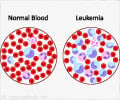



 Email
Email






